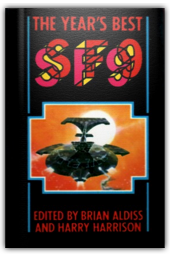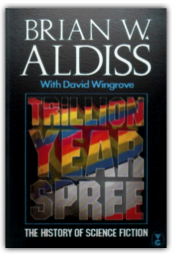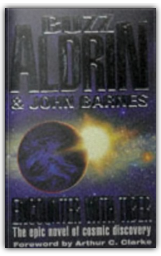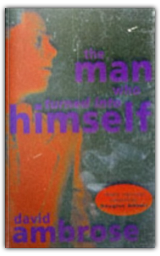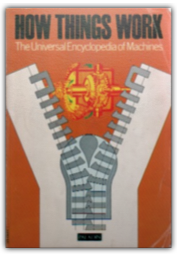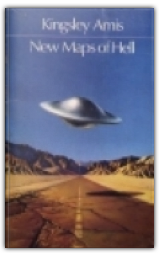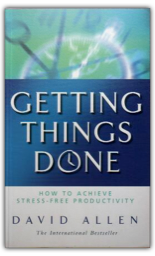 Getting Things Done
David Allen
Getting Things Done
David Allen
With first-chapter allusions to martial arts, "flow", "mind like water", and other concepts borrowed from the East (and usually mangled), you'd almost think this self-helper from David Allen should have been called Zen and the Art of Schedule Maintenance.
Not quite. Yes, Getting Things Done offers a complete system for downloading all those free-floating gotta-dos clogging your brain into a sophisticated framework of files and action lists—all purportedly to free your mind to focus on whatever you're working on. However, it still operates from the decidedly Western notion that if we could just get really, really organised, we could turn ourselves into 24/7 productivity machines. (To wit, Allen, whom the New Economy bible Fast Company has dubbed "the personal productivity guru", suggests that instead of meditating on crouching tigers and hidden dragons while you wait for a plane, you should unsheathe that high-tech sabre known as the mobile phone and attack that list of calls you need to return.)
As whole-life-organising systems go, Allen's is pretty good, even fun and therapeutic. It starts with the exhortation to take every unaccounted-for scrap of paper in your workstation that you can't junk. The next step is to write down every unaccounted-for gotta-do cramming your head onto its own scrap of paper. Finally, throw the whole stew into a giant "in-basket".
That's where the processing and prioritising begin; in Allen's system, it get a little convoluted at times, rife as it is with fancy terms, subterms, and sub-subterms for even the simplest concepts. Thank goodness the spine of his system is captured on a straightforward, one-page flowchart that you can pin over your desk and repeatedly consult without having to refer back to the book. That alone is worth the purchase price. Also of value is Allen's ingenious Two-Minute Rule: if there's anything you absolutely must do that you can do right now in two minutes or less, then do it now, thus freeing up your time and mind tenfold over the long term. It's common sense advice so obvious that most of us completely overlook it, much to our detriment. Allen excels at dispensing such wisdom in this useful, if somewhat belaboured, self-improver aimed at everyone from CEOs to football mums (who, we all know, are more organised than most CEOs to start with). —Timothy Murphy
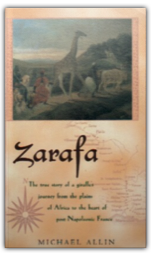 Zarafa
Michael Allin
Zarafa
Michael Allin
Michael Allin's Zarafa is a delightful piece of popular cultural history, which draws on the current fascination with exotic animals and their even more exotic owners, seen most recently in Lawrence Norfolk's novel The Pope's Rhinoceros.
Zarafa recounts the history of a Masai giraffe captured in the Sudan in 1826 and shipped to France for presentation to the French king, Charles X. The giraffe was initially intended as a diplomatic gift offered to Charles by Muhammad Ali, the despotic Viceroy of Egypt, in an attempt to curry favour with the French as Muhammad set about his invasion of Greece. But in the midst of this potentially unremarkable event, Allin uncovers a weird and wonderful story of the tangled, momentous events which surrounded the giraffe's extraordinary journey: Napoleon's invasion of Egypt and the beginnings of Egyptology; the giraffe's dramatic journey along the route of the North African slave trade; quarantine off Marseilles on the island of If, the former residence of the Count of Monte Cristo; and the giraffe's enchanting encounter with the scientific community of post-Revolutionary France. These remarkable events culminated in the giraffe's triumphant entry into Paris in 1827 in front of crowds of thousands following a walk of 550 miles from Marseilles to Paris, led by none other than Etienne Geoffrey Saint-Hilaire, the founding professor of the National Museum of Natural History.
Allin's stories are indeed remarkable, though he often seems bewitched by the richness of his own material. At times, the book seems as though it cannot make up its mind as to whether it is a travel narrative, an account of Zarafa, or the 19th century's fascination with exotic animals. This is partly due to a loss of pace in crucial moments of the book; Allin's account is so breathless by the time the giraffe reaches Paris that the final sections of the book seem rather anticlimactic. Nevertheless, this is a great story with a remarkable cast of characters—both human and animal. —Jerry Brotton
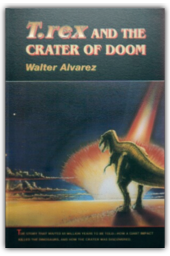 T. rex and the Crater of Doom
Walter Alvarez
T. rex and the Crater of Doom
Walter Alvarez
One of the great mysteries is what happened to the dinosaurs, and it has taken great detective work to give us an answer. In T. Rex and the Crater of Doom, some brilliant, not to mention determined, scientists roam the world and seek out the clues. What they conclude is that the earth sustained a colossal impact from a meteor (or perhaps a comet) 65 million years ago. The resulting cataclysm destroyed half the life on the planet.
Walter Alvarez, a geologist at the University of California at Berkeley, and one of the four scientists who present this theory on the mystery, tells the story in a clear narrative that contains a wealth of scientific material. The book does require an investment of attention, but the presentation is quite readable and the story itself is fascinating.
|
 Getting Things Done
David Allen
Getting Things Done
David Allen
 Zarafa
Michael Allin
Zarafa
Michael Allin
 T. rex and the Crater of Doom
Walter Alvarez
T. rex and the Crater of Doom
Walter Alvarez
 Made with Delicious Library
Made with Delicious Library
